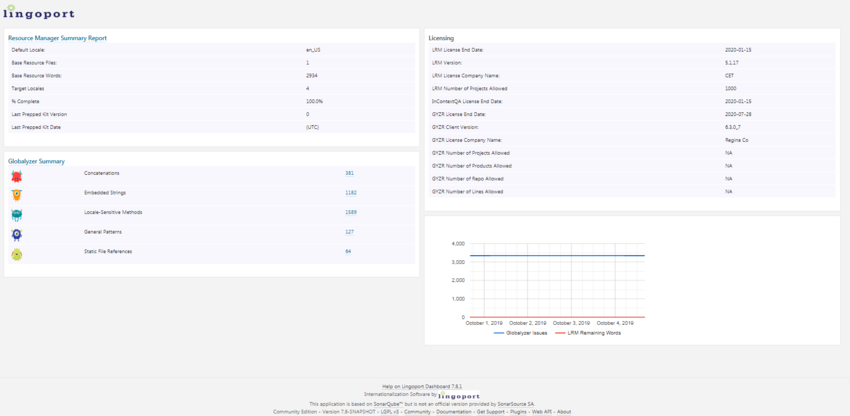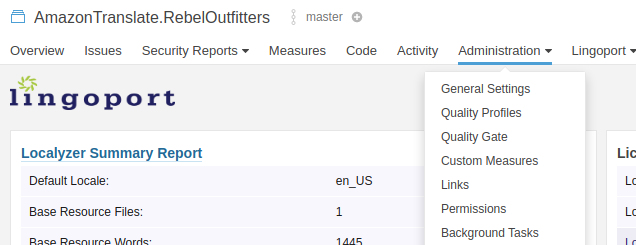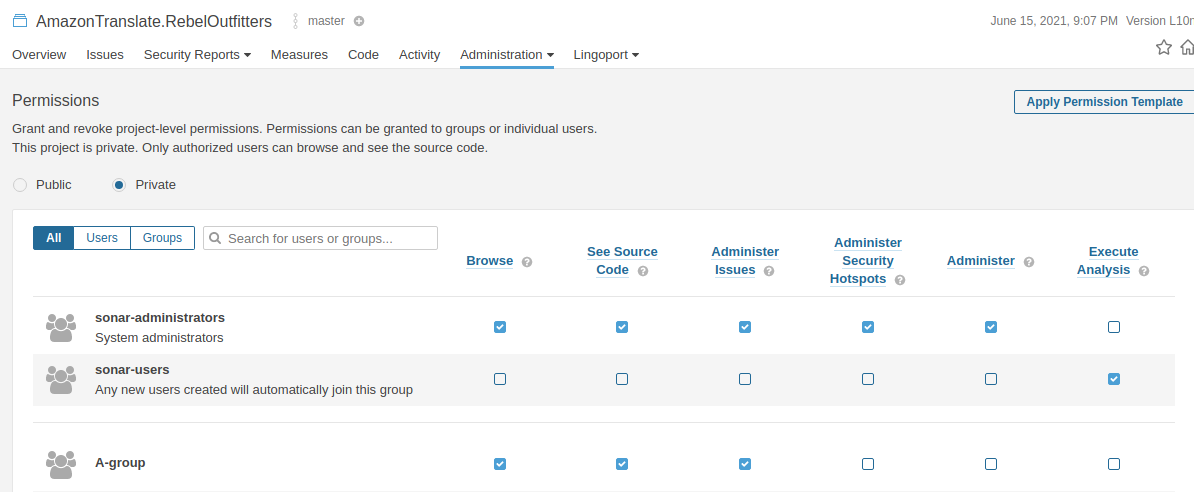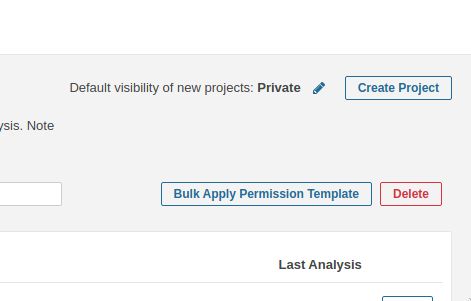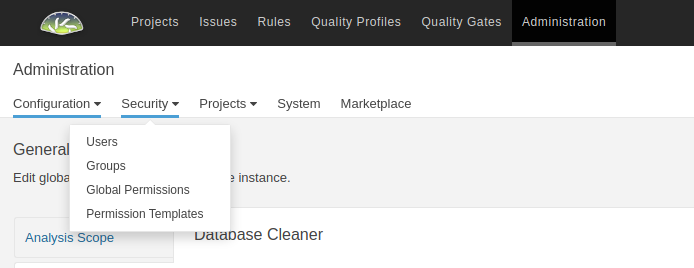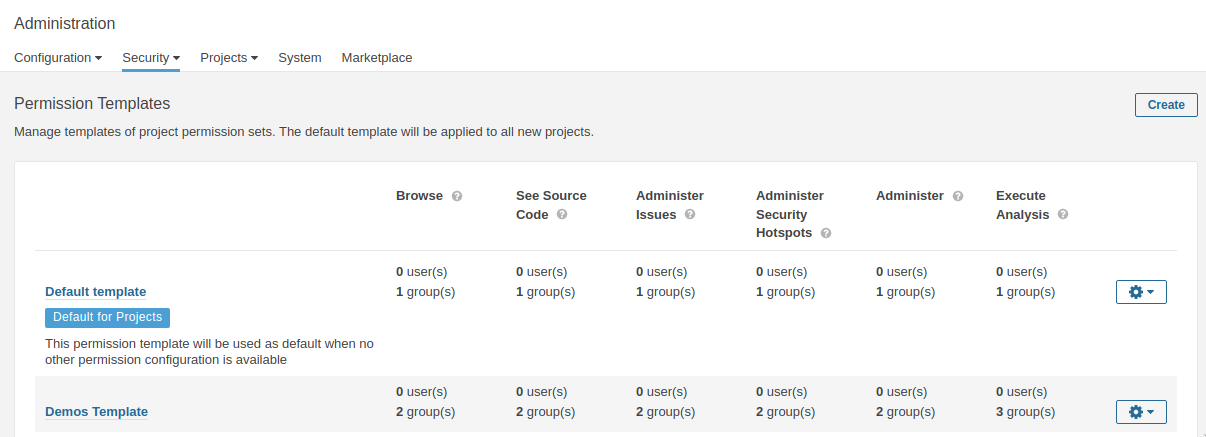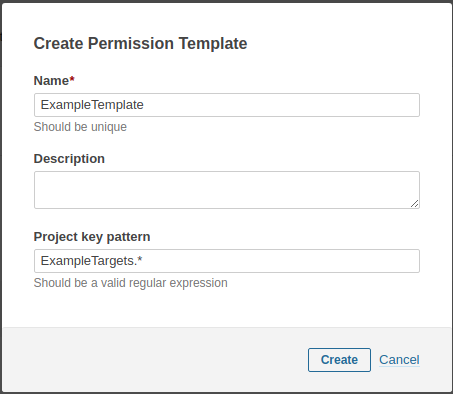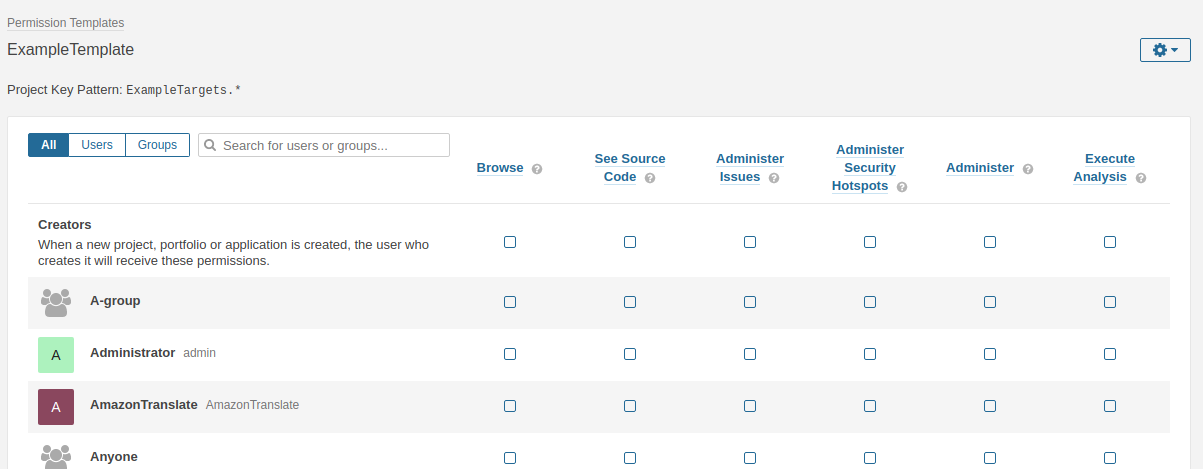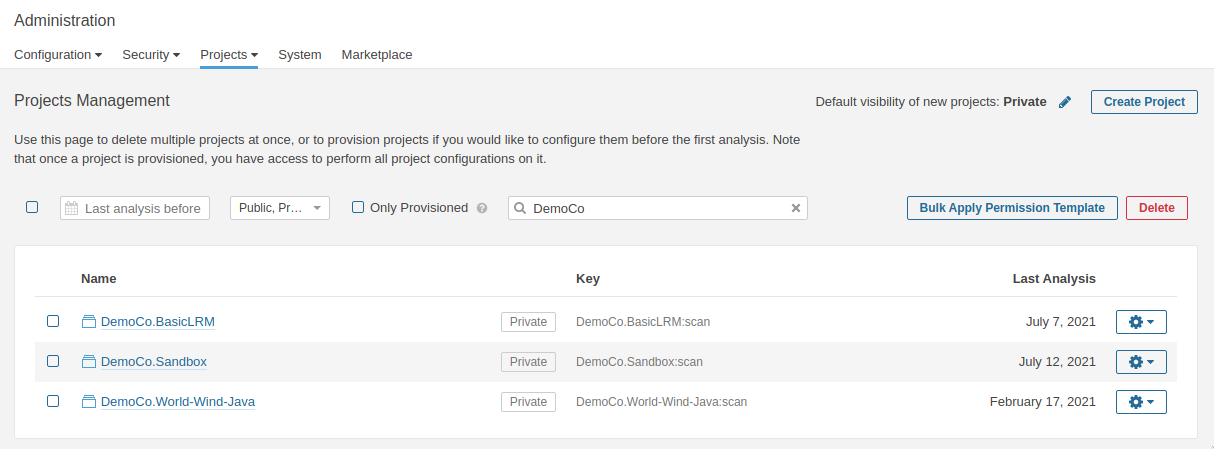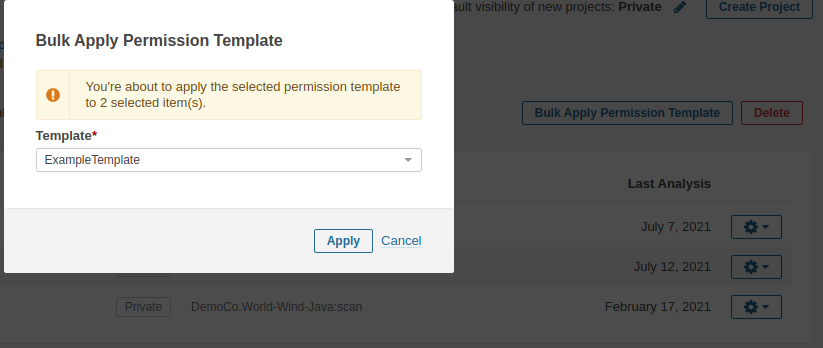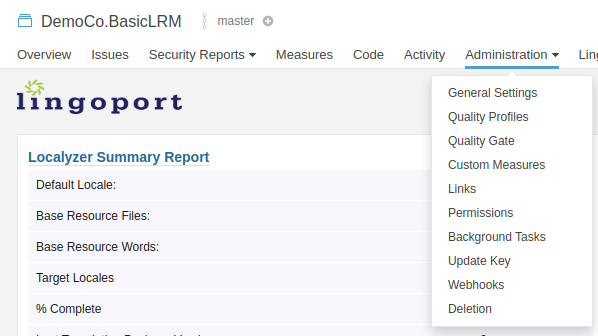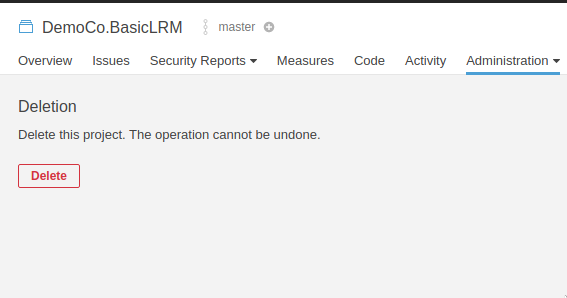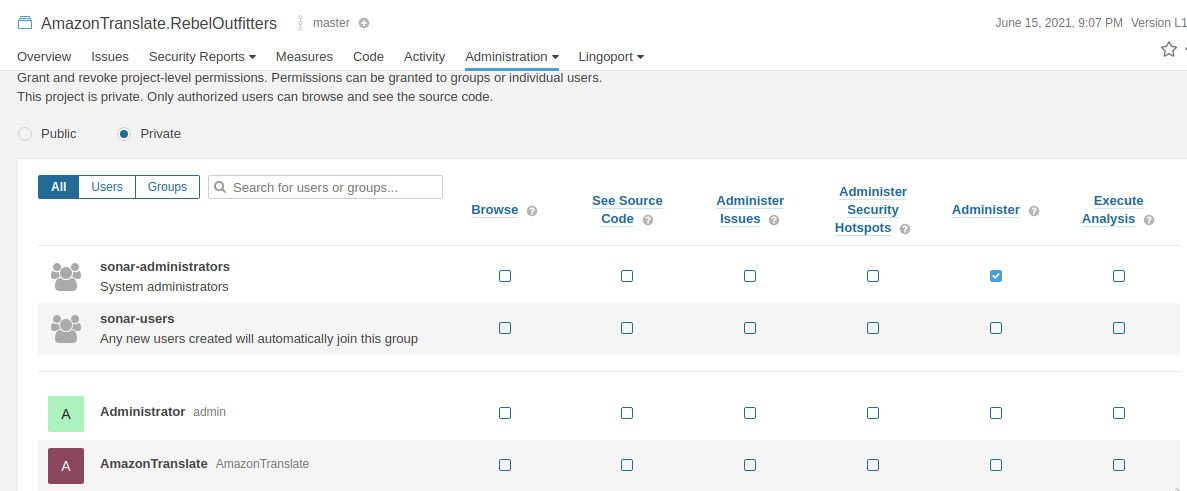Dashboard Users Guide
Contents
Introduction
About Lingoport Dashboard
The Lingoport Dashboard, built on the SonarQube platform, helps you track and share the progress of your internationalization and localization efforts company-wide, by displaying both high-level and detailed views of your Globalyzer Project Scan data and your Lingoport Resource Manager status information.
For more details about Globalyzer and Lingoport Resource Manager please visit: Lingoport Suite.
When to Update the Dashboard Server
You will need to re-run the Lingoport Dashboard Server Installer whenever you upgrade to a later version of the Dashboard. Be sure to retain your current Dashboard database by reusing the database name
For more details, see Updating Your Existing Installation.
When to Update the Dashboard Client
You will need to re-run the Lingoport Dashboard Client Installer whenever you:
- Set up a new or updated version of Globalyzer
- Set up a new or updated version of Localyzer
- Upgrade to a later version of the Lingoport Dashboard Client
Starting the Dashboard Server
Simple Startup
- If your system was installed with the Stack Installer or Stack Updater, the Jenkins user will have an alias to check the Dashboard On the system where the Lingoport Dashboard Server was installed, try:
- If that does not work, on the system where the Lingoport Dashboard Server was installed, go to the directory
<server install directory>/bin. - Choose your platform directory and then run
sonar.sh start. To make sure that it started, check the statussonar.sh status. - Give it a few minutes and then open a browser and enter http://localhost or https://<system URL> to see the Dashboard. If you installed with a port such as 9000, use that port after localhost (http://localhost:9000).
- If the browser comes up in maintenance mode, the database may need to be upgraded. Enter http://localhost/setup or http://<system URL>/setup and follow the directions on the page.
> sonar.sh status > sonar.sh start
> cd /var/lib/jenkins/lingoport/dashboard-server-x.y.z/bin/
> cd linux-x86-64 > ./sonar.sh start > ./sonar.sh status
Starting as a Service
To run the Sonar process as a service, follow the instructions at SonarQube.
Viewing the Lingoport Dashboard
- On your local system, open a browser and enter the host name and port number of the Lingoport Dashboard Server. For example: http://company.net/
- Click the Help on Lingoport Dashboard link at the bottom of the page to learn more about the Lingoport Dashboard features.
- Read the SonarQube introduction to learn about the capabilities of the SonarQube framework.
- For administration features, click LOG IN in the menu bar and enter:
Login: admin
Password: admin
Be sure to change the password. As the Administrator, you will be able to adjust the dashboard configuration, as well as add Users and Groups to fine tune access to your Lingoport Dashboard Projects.
Uploading Project Data to the Lingoport Dashboard
Generate Globalyzer Scan Report
Generate Localyzer Status Report
Upload Globalyzer and Localyzer Data to Dashboard
Managing Project Visibility
Projects may be managed so that they are visible only to a select list of users or groups.
General administration privileges are required to manage project visibility.
To manage project visibility, projects must first be set to Private. Then they may be set to have view permissions for specific users.
Setting a project as private
Open the project.
Click on Administration for the Project, then Permissions.
Select Private, so that the project is only shown to authorized users.
Managing individual project permissions
Once a project is Private, permissions may be restricted so that only specific users or groups may have visibility.
To do this for a single project, open the project, then go to Administration for the Project and Permissions in the pulldown.
Ensure that Private is set, as it's required for the other permissions settings to take effect.
Then, set permissions for users and groups as you find appropriate.
Managing multiple project permissions
To bulk manage project visibility, you must have general administer permission on the dashboard.
Projects Must first be set to Private
Projects must be Private for permissions to take effect. The Private setting is an individual project toggle, and bulk toggling of the private setting is not supported.
It is possible to set the default visibility of new projects, which will affect all projects that have not yet been created. You must be a global administrator to perform these steps. To do so:
First go to Administration in the black global bar. Then under the Administration heading, select Projects->Management.
Set the default visibility in the top right.
Creating a permission template
Permissions templates can be used to set general permissions for a project. They may optionally affect projects based on their naming scheme.
To create a permissions template, you must be a general administrator.
Go to Administration in the black global bar then Security->Permission Templates
Then click Create on the top right.
In the first popup give the template a name. You may also optionally specify a regular expression for project targeting.
After creating a permission template, any newly created projects which match this regular expression will have the permission template applied to them.
You must manually apply the permission template to existing projects, it will not be applied automically, even if the name matches.
Set the permissions you would like for the appropriate users and groups.
Applying a permission template
First go to Administration[Global] at the black bar. Then under the Administration heading, select Projects->Management.
You will see a list of all projects, with up to 50 entries initially shown.
Search and sort the projects as you find most appropriate, then select all that you wish to apply the permission template to.
Select 'Bulk Apply Permission Template', then select your permission template from the dropdown and click Apply.
Removing an Uploaded Lingoport Dashboard Project
Permanently Deleting a Project
Permanently deleting a project entirely removes it from the dashboard. While it may later be re-created, you will lose any historical data associated with the project.
To delete a project, you must have permissions to administer it.
With the project open, select Administration at the Project then Deletion.
You will be prompted for deletion. Confirm.
Bulk project deletion
To bulk hide projects, you must have general administer permission on the dashboard.
To bulk delete projects, first go to Administration at the black global bar. Then under the Administration heading, select Projects->Management.
You will see a list of all projects, with up to 50 entries initially shown.
Search and sort the projects as you find most appropriate, then select all that you wish to delete.
Select the red Delete option to the top right. Then confirm the popup.
Hiding the Project
Hiding a project is a non-permanent removal option. The project may later be un-hidden to restore it with existing data intact.
To hide a project, you must have permissions to administer it.
Click on Administration in the Project, then Permissions.
Select Private, so that the project is only shown to authorized users.
Then, uncheck all permissions for all users and groups. You may still wish to leave the project visible to sonar-administrators, or you may prefer to hide it entirely.
Changing Project Configuration
sonar-project.properties
MySQL Packet Error
A communication packet is a single SQL statement sent to the MySQL server, a single row that is sent to the client, or a binary log event sent from a master replication server to a slave.
The largest possible packet that can be transmitted to or from a MySQL 5.7 server or client is 1GB.
When a MySQL client or the mysqld server receives a packet bigger than max_allowed_packet bytes, it issues an ER_NET_PACKET_TOO_LARGE error and closes the connection. With some clients, you may also get a Lost connection to MySQL server during query error if the communication packet is too large.
Both the client and the server have their own max_allowed_packet variable, so if you want to handle big packets, you must increase this variable both in the client and in the server.
To resolve this issue, please see the steps below:
Set max_allowed_packet in the /etc/my.cnf file. For example, to set the size for the server to 16MB, add the following lines in an option file:
[mysqld] max_allowed_packet = 16M
Stop the service, typically with:
> sudo service mysqld stop
verify it's stopped and restart it:
> sudo service mysqld status > sudo service mysqld start
To verify the packet size allowed has been modified, in MySQL do :
mysql> show variables like 'max_allowed_packet';
https://dev.mysql.com/doc/refman/5.7/en/packet-too-large.html
Finally, restart sonar so that it picks up the MySQL change:
jenkins: > sonar.sh stop Stopping SonarQube... Waiting for SonarQube to exit... Stopped SonarQube. jenkins: > sonar.sh start Starting SonarQube... Started SonarQube.
